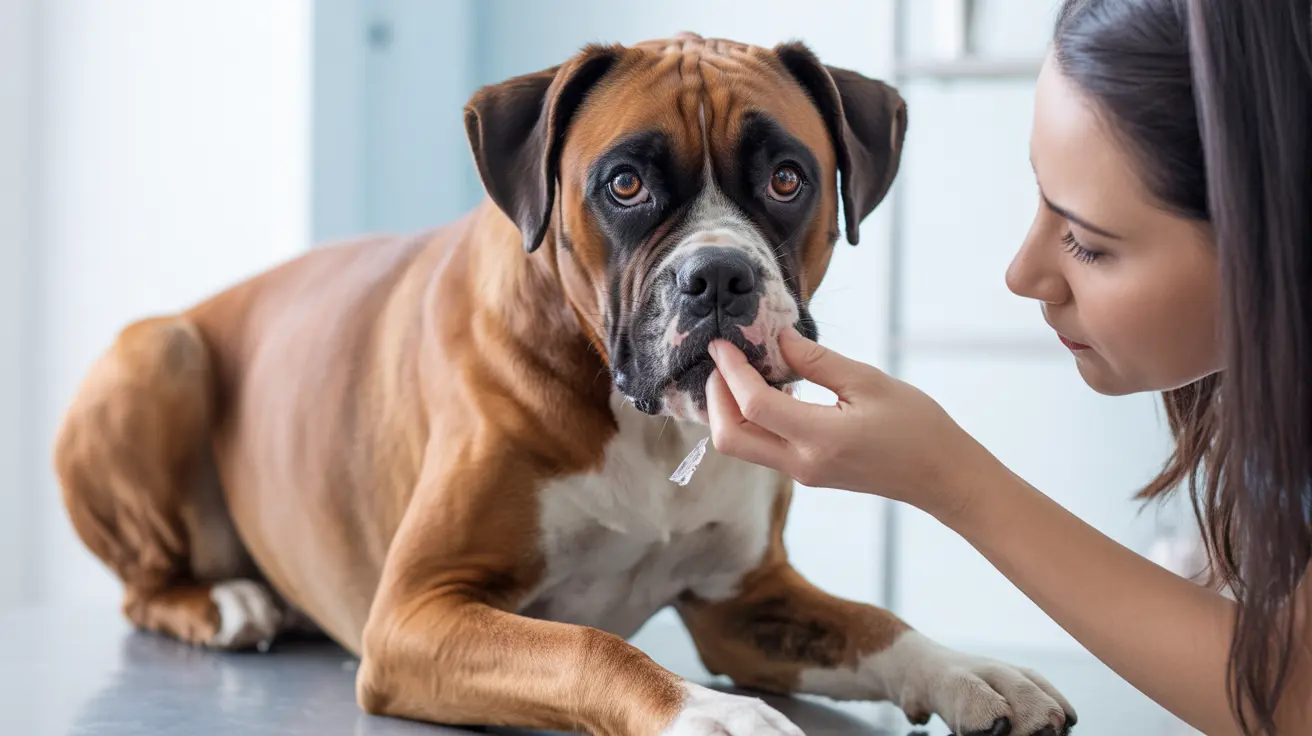Discovering your dog has eaten glass can be terrifying. This dangerous situation requires immediate action, as glass ingestion poses serious risks to your pet's health. Understanding what to do—and equally important, what not to do—could be the difference between a positive outcome and life-threatening complications.
In this comprehensive guide, we'll walk through the crucial steps to take if your dog ate glass, identify warning signs of internal injury, and explain when veterinary intervention is essential.
Immediate Actions When Your Dog Swallows Glass
The moment you realize your dog has ingested glass, time becomes critical. Follow these essential steps:
- Do NOT induce vomiting
- Examine your dog's mouth for visible cuts or glass pieces
- Call your veterinarian or emergency animal hospital immediately
- Keep your dog calm and restrict movement
- Monitor for signs of distress or bleeding
Understanding the Dangers of Glass Ingestion
Potential Internal Injuries
Glass can cause severe damage throughout your dog's digestive system:
- Cuts and lacerations in the mouth and throat
- Esophageal tears and damage
- Stomach and intestinal perforation
- Internal bleeding
- Blockages from larger pieces
Warning Signs to Watch For
Monitor your dog closely for these symptoms:
- Excessive drooling or pawing at the mouth
- Visible blood in saliva, vomit, or stool
- Difficulty swallowing
- Lethargy or unusual behavior
- Loss of appetite
- Abdominal pain or swelling
Veterinary Treatment and Diagnosis
Your veterinarian will likely perform several diagnostic procedures:
- Physical examination
- X-rays or ultrasound imaging
- Blood work to check for internal bleeding
- Endoscopy if necessary
Treatment options may include:
- Emergency surgery for removal of glass
- Endoscopic retrieval
- Supportive care with IV fluids
- Pain management
- Antibiotics to prevent infection
Prevention and Future Safety
To prevent future incidents:
- Keep glass containers out of reach
- Clean up broken glass immediately and thoroughly
- Use plastic alternatives when possible
- Train "leave it" commands
- Secure trash containers
- Supervise outdoor activities
Recovery and Aftercare
If your dog receives treatment for glass ingestion, follow these recovery guidelines:
- Maintain a quiet, comfortable environment
- Follow medication schedules exactly
- Feed prescribed diets only
- Monitor bathroom habits
- Attend all follow-up appointments
- Watch for recurring symptoms
Frequently Asked Questions
What are the immediate steps I should take if my dog ate glass?
Contact your veterinarian immediately. Don't induce vomiting, as this can cause additional damage. Keep your dog calm and watch for signs of distress while seeking emergency care.
Can small pieces of glass pass safely through my dog's digestive system?
While small, smooth pieces might occasionally pass through without causing damage, never wait to see if this happens. The risks of internal injury are too high, and veterinary assessment is always necessary.
What symptoms indicate my dog has internal injuries from swallowing glass?
Watch for bleeding from the mouth, difficulty swallowing, vomiting, lethargy, abdominal pain, and black or bloody stools. These symptoms may indicate serious internal injuries requiring immediate medical attention.
How do veterinarians diagnose and treat a dog that has swallowed glass?
Veterinarians typically use X-rays or ultrasound to locate the glass and assess damage. Treatment may include endoscopic removal, surgery, or supportive care, depending on the situation's severity.
Should I induce vomiting if my dog ingests glass?
No, never induce vomiting if your dog swallows glass. Vomiting can cause additional damage as the glass passes back through the esophagus. Always consult your veterinarian first.
Remember, when dealing with glass ingestion, quick action and professional medical care are essential for your dog's safety and recovery. Don't wait for symptoms to appear before seeking help—immediate veterinary attention provides the best chance for a positive outcome.






